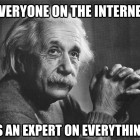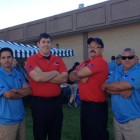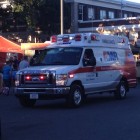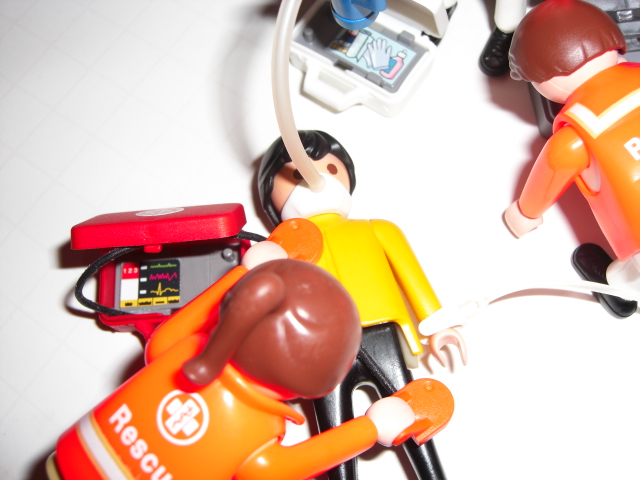
Sep 4, 2014
Social media has done a lot of good for society. I have reconnected with long lost friends. Because of it, I am writing on this blog today, and I have a way to advertise while I write. Also, everyone can participate in the conversation with their own soapbox to stand on, and they can share their opinion to anyone who will listen. On the downside, everyone can participate in the conversation with their own soapbox to stand on, and they can share their opinion to anyone who will listen. In the weeks since the tragic events in Ferguson Missouri, I have made a frequent statement on Twitter and Facebook that can be summed up as “everyone is an expert in public safety.” What I am talking about is the “should have” mentality that many have adopted. Take, for instance, that now infamous moment in time outside of Detroit, Michigan where two paramedics were photographed allegedly posing and smiling. A friend of patient Jake Glover told the reporter that “you should be tending to someone who obviously needs your help, instead of worrying about taking a picture.” From that moment in time with her limited knowledge of procedure and patient care, she made that conclusion. Based on a picture. A snapshot of a moment in time. Or how about an example that is much closer to home. There is something that happens on almost every call that I have ever done involving a 12-lead EKG. I like to call it “the stare.” The leads go on, someone pushes the “12-Lead” button, and everything stops. All of the providers on scene turn their attention towards the monitor and sit very still as they wait for it to start spitting out its treasure. Once that print starts, all motion around the patient seems to start back up with it. A number of years ago, I was caring for an unresponsive patient in a dimly lit apartment in a not-so-nice part of the city. The leads went on, and the 12-lead started doing its thing when a friend of the patient walked in the room and saw what he thought was a couple of paramedics just staring at...





